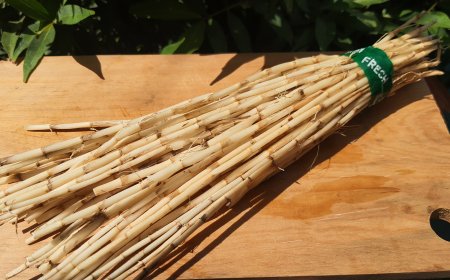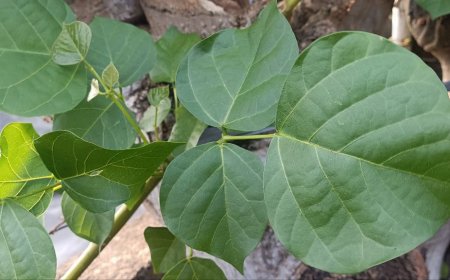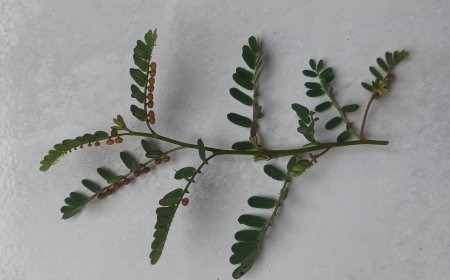The Hidden Benefits of Sandalwood Besides Its Fragrance
Since ancient times, society has been surrounded by various natural riches that offer numerous and extraordinary benefits. As a community, we should be grateful for the abundant diversity, especially in flora. The abundant diversity of flora provides invaluable benefits in the field of medicine. One of the flora that holds medicinal significance is sandalwood. Let's further explore the hidden benefits of sandalwood.
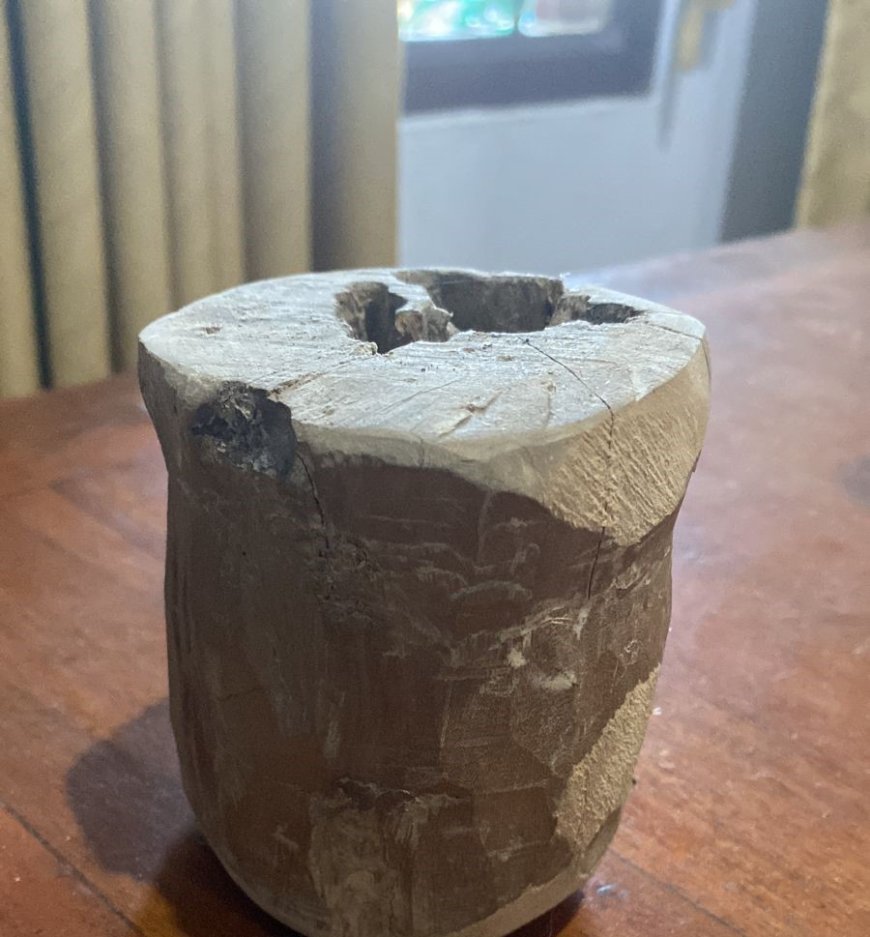
Sandalwood is classified within Balinese Usadha. Balinese Usadha is a term derived from 'ausadhi' (Sanskrit), which means medicinal plants. Balinese Usadha refers to the traditional healing practices that exist and thrive in Bali. It encompasses not only physical healing but also has a strong spiritual dimension. This aligns with Balinese beliefs heavily influenced by Hinduism. In Balinese perspective, illnesses stem not only from physical imbalances but also from spiritual disharmony.
Sandalwood, commonly referred to as 'taru cenana' by the Hindu community in Bali, is a distinctive type of wood known for its unique characteristics. This wood emits a fragrant aroma and is highly revered by the Balinese people. For Hindus, the sweet fragrance of sandalwood is believed to radiate a sense of purity, guiding worshippers in their devotional practices. Sandalwood has always held a significant place among the Hindu community in Bali. Besides being renowned as a material for prayer offerings, sandalwood is also typically used in the construction of sacred structures and 'pratima' (religious symbols in Hinduism that are sanctified through ceremonies and placed in sacred locations).
Sandalwood is used to treat various types of ailments, including skin conditions, respiratory disorders, digestive issues such as indigestion and stomach problems, It possesses anti-inflammatory and antioxidant properties that aid the body in combating various diseases. In skin treatments, sandalwood is employed to address skin problems like rashes, itching, wounds, and infections. A paste made from sandalwood is applied to the affected skin areas. For respiratory issues, treatment is administered through inhalation (the delivery of medication in the form of inhaled vapor into the respiratory tract) to help patients breathe more comfortably.
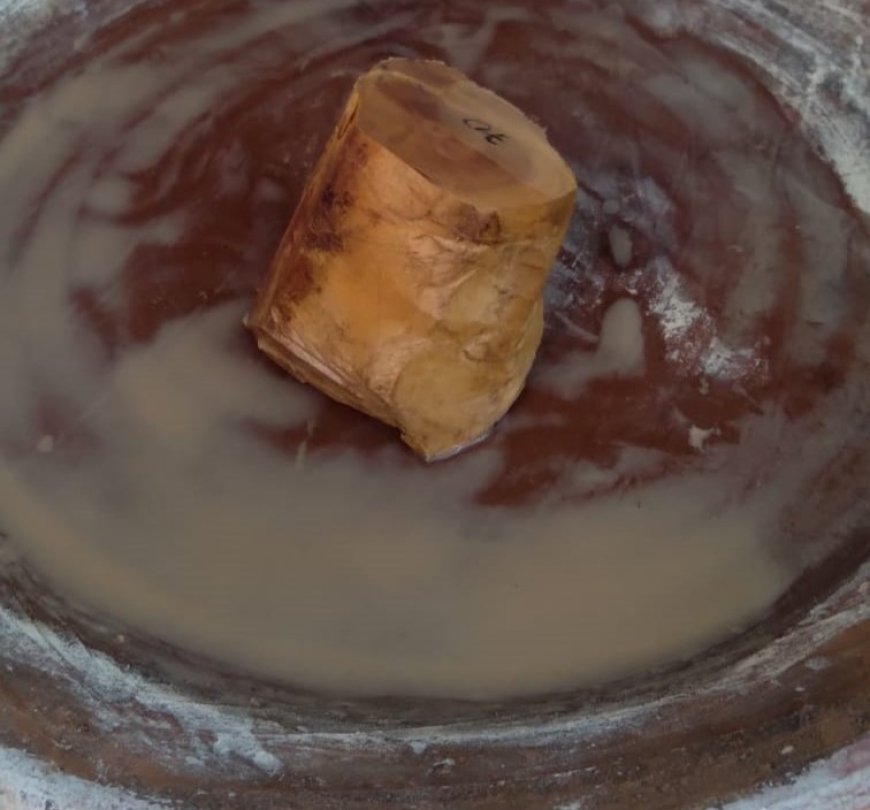
Rub Water from Sandalwood (Source: Author's Collection)
According to the Lontar Usadha Buduh, there are several types of mental illnesses, each with its distinct characteristics. Some of these conditions are treated using sandalwood as a means of therapy. One type of mental illness is characterized by incoherent speech and a tendency to take useless items. For this condition, the treatment involves grinding white pepper (Piper nigum L.) with lime juice, and black ant remnants. The clear liquid from this mixture is then applied to the eyes, ears, and nostrils. After the initial treatment, additional nasal drops are administered, consisting of 2 cloves of garlic, 2 grains of white pepper (Allium sativum L.), water from sandalwood paste (Santalum album L.), clear lime juice, in equal amounts. After letting it sit briefly, the clear liquid is dropped into the nostrils. For mental illness characterized by body heat, the treatment includes yellow kenanga leaves, lungid sap, honey, and scraping with sandalwood. These treatment components are sprayed onto the forehead and along the entire length of the hair.
In addition to the Lontar Usadha Buduh, there is another Lontar called Lontar Usadha Tiwang, which discusses the treatment of tiwang disease. Tiwang is a disease characterized by symptoms such as a feeling of body heaviness, pain and discomfort, restlessness, squinted eyes, stiff muscles, and even fainting. Different types of tiwang are identified based on the symptoms that manifest. One type of tiwang disease that is treated using sandalwood as a therapeutic agent is tiwang bantang ketungan, which includes symptoms such as bodily pain, a sensation of weight in the legs, and inability to speak. The treatment mixture consists of sandalwood paste (Santalum album L.) and lime juice (Citrus aurantifolia), used as an oral medication.
For the treatment of cough, the treatment mixture includes lampuyang (Zingiber zerumbet), isen (Alpinia galangal), pule leaves (Alstonia scholaris (L.) R. Br.), katumbah (Coriandrum sativum L.), and sandalwood water (Santalum album L.), which is used as a powder. For the treatment of dekah disease, the treatment mixture consists of katik pule (Alstonia scholaris (L.) R. Br.), miana cemeng (Coleus scutellarioides), temu tis (Curcuma purpurascens Blume), sandalwood water (Santalum album L.), and lime juice (Citrus aurantifolia), which is used as an oral medication. In the case of mewatuk disease, the treatment mixture includes galih white rice (Oryza sativa), sandalwood water (Santalum album L.), and lime juice (Citrus aurantifolia). This mixture is consumed.
For mokan amacek disease, the treatment mixture includes sulasih (Ocimum tenuiflorum), honey resin (Styrax benzoin), sandalwood water (Santalum album L.), lime juice (Citrus aurantifolia), and it is treated using the puhakena method. And for shoulder pain, the treatment mixture comprises tabia bun (Piper retrofractum, Piper longum L.), red rice (Oryza nivara), sandalwood (Santalum album L.), pomelo (Citrus maxima (Burm.f.) Merr), and it is applied as a powder.
It is important to understand that sandalwood is rich in benefits, especially in various disease treatments. Sandalwood is also a perfect example of natural wealth being wisely utilized in Balinese medical traditions. Balinese Usadha focuses on the balance between the body and the soul, highlighting the significance of sandalwood in healing physical ailments and maintaining mental well-being. By preserving and respecting traditions like these, we can better comprehend how nature can provide well-being for us all. Let us continue to value this ancestral knowledge and uphold the preservation of this unique Balinese Usadha healing tradition, which continues to benefit the people of Bali and the world.



















































